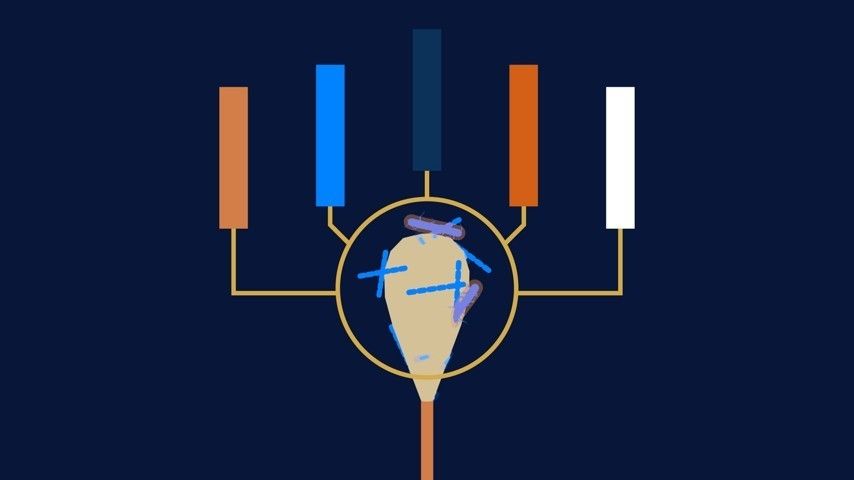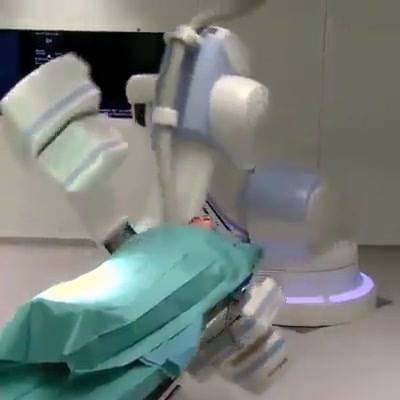U.S.-trained Chinese-born talent is becoming a key force in driving Chinese companies’ global expansion and the country’s efforts to dominate next-generation technologies like artificial intelligence and machine learning. Where college graduates once coveted a prestigious overseas job and foreign citizenship, many today gravitate toward career opportunities at home, where venture capital is now plentiful and the government dangles financial incentives for cutting-edge research.
“More and more talent is moving over because China is really getting momentum in the innovation area,” said Ken Qi, a headhunter for Spencer Stuart and leader of its technology practice. “This is only the beginning.”






